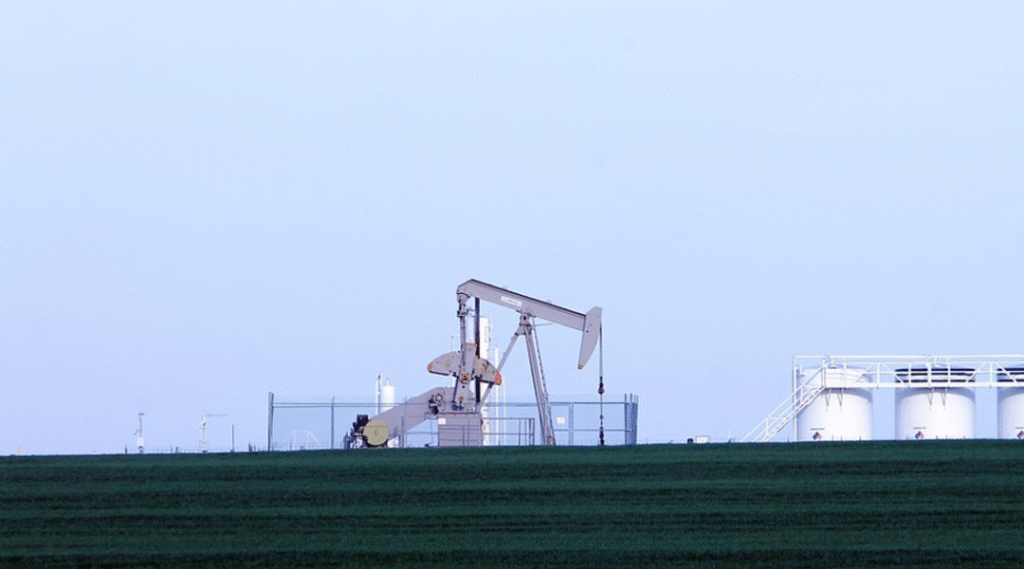In the 21st century, few challenges rival the urgency of climate change and environmental degradation. Rising global temperatures, more frequent natural disasters, and escalating air and water pollution threaten ecosystems and human livelihoods alike. One of the most powerful and practical responses to this crisis is the global transition to clean energy. From solar and wind to hydropower and geothermal energy, clean energy technologies offer a sustainable and scalable alternative to fossil fuels. This article explores how clean energy can help save the Earth—by reducing emissions, preserving ecosystems, boosting public health, and supporting long-term economic sustainability.
1. Reducing Greenhouse Gas Emissions
The primary driver of climate change is the emission of greenhouse gases, especially carbon dioxide (CO₂), from burning fossil fuels like coal, oil, and natural gas. These gases trap heat in the Earth’s atmosphere, causing global warming and associated effects like melting ice caps, rising sea levels, and more extreme weather.
Clean energy sources such as solar, wind, and hydropower generate electricity without emitting carbon dioxide. According to the International Energy Agency (IEA), the power sector accounts for roughly 40% of global CO₂ emissions. Transitioning to clean energy in this sector alone can dramatically reduce the world’s carbon footprint.
For example, a single megawatt-hour of solar power avoids approximately 0.5 to 1 ton of CO₂ emissions compared to coal. If scaled globally, clean energy has the potential to reduce emissions by billions of tons annually—mitigating climate change and stabilizing global temperatures.
2. Preserving Natural Ecosystems
The extraction and burning of fossil fuels are deeply destructive to natural habitats. Mining operations strip landscapes, drilling disrupts marine ecosystems, and oil spills devastate wildlife. In contrast, clean energy installations, when planned responsibly, have a much smaller environmental impact.
Wind and solar farms can be built on previously disturbed land or integrated into existing infrastructure, such as rooftops and highways. Hydropower and geothermal systems, while requiring careful management, also have relatively low land and water footprints when compared to fossil fuel extraction.
By replacing polluting energy sources with clean alternatives, we can protect forests, oceans, and biodiversity. This is essential not only for environmental reasons but also for ensuring the resilience of the ecosystems that provide food, clean water, and air for billions of people.
3. Improving Public Health
Air pollution from fossil fuels is a major global health hazard. The World Health Organization (WHO) estimates that 7 million premature deaths occur each year due to air pollution, including illnesses such as asthma, lung cancer, heart disease, and stroke.
Clean energy technologies produce little to no air pollutants. Solar panels and wind turbines generate electricity without emitting nitrogen oxides, sulfur dioxide, or particulate matter. By reducing reliance on fossil fuels, we can drastically cut the prevalence of air pollution-related illnesses.
A cleaner atmosphere also benefits agriculture by improving soil health and crop yields, and it enhances urban livability, making cities safer and more attractive places to live and work.
4. Enhancing Energy Security and Economic Resilience
Clean energy promotes energy independence and security. Unlike fossil fuels, which are often imported from geopolitically unstable regions, renewable resources like sunlight and wind are locally available and inexhaustible.
By investing in solar, wind, and other renewables, countries can reduce their reliance on volatile fuel markets and create stable, long-term energy solutions. This is especially important during global crises—like wars or pandemics—that disrupt fuel supplies.
Clean energy also drives job creation and economic growth. According to the International Renewable Energy Agency (IRENA), the renewable energy sector employed over 13 million people globally in 2022 and is expected to grow substantially in the coming years. Jobs in solar panel installation, wind turbine maintenance, energy storage, and grid modernization offer new opportunities for economic development—especially in underserved or rural communities.
5. Sustainable Development and Equity
Clean energy plays a critical role in advancing the United Nations Sustainable Development Goals (SDGs), particularly Goal 7: Affordable and Clean Energy. In many developing countries, millions of people still lack access to reliable electricity. Clean energy solutions like off-grid solar systems and mini-grids are cost-effective ways to bring power to remote areas.
This not only improves quality of life—by enabling lighting, refrigeration, and communication—but also fosters economic inclusion. Children can study after dark, healthcare facilities can store vaccines, and small businesses can thrive.
By ensuring that clean energy is accessible to all, we can build a more just and equitable global society while protecting the environment.
Clean energy is more than a technological shift; it’s a moral and environmental imperative. As climate change accelerates and natural resources dwindle, transitioning to sustainable energy sources is critical to safeguarding the Earth for current and future generations.
Every solar panel installed, every wind turbine erected, and every clean energy policy passed brings us one step closer to a healthier planet. But this transition requires collaboration—governments must create supportive regulations, industries must innovate, and individuals must adopt energy-efficient lifestyles.
Together, we can power a greener future—one where clean energy is not only a solution, but a symbol of hope and action in the face of a warming world.
More about Clean Energy:
How Clean Energy Is Transforming Our Daily Lives for the Better
How AI Technologies Are Powering the Future of Clean Energy
Which Clean Energy Source Reigns Supreme for Sustainable Development?
The State of the Global Clean Energy Transition
Energy Storage & Grid Integration: Powering the Future of Clean Energy
As for in-depth insight articles about AI tech, please visit our AI Tech Category here.
As for in-depth insight articles about Auto Tech, please visit our Auto Tech Category here.
As for in-depth insight articles about Smart IoT, please visit our Smart IoT Category here.
As for in-depth insight articles about Energy, please visit our Energy Category here.
If you want to save time for high-quality reading, please visit our Editors’ Pick here.



